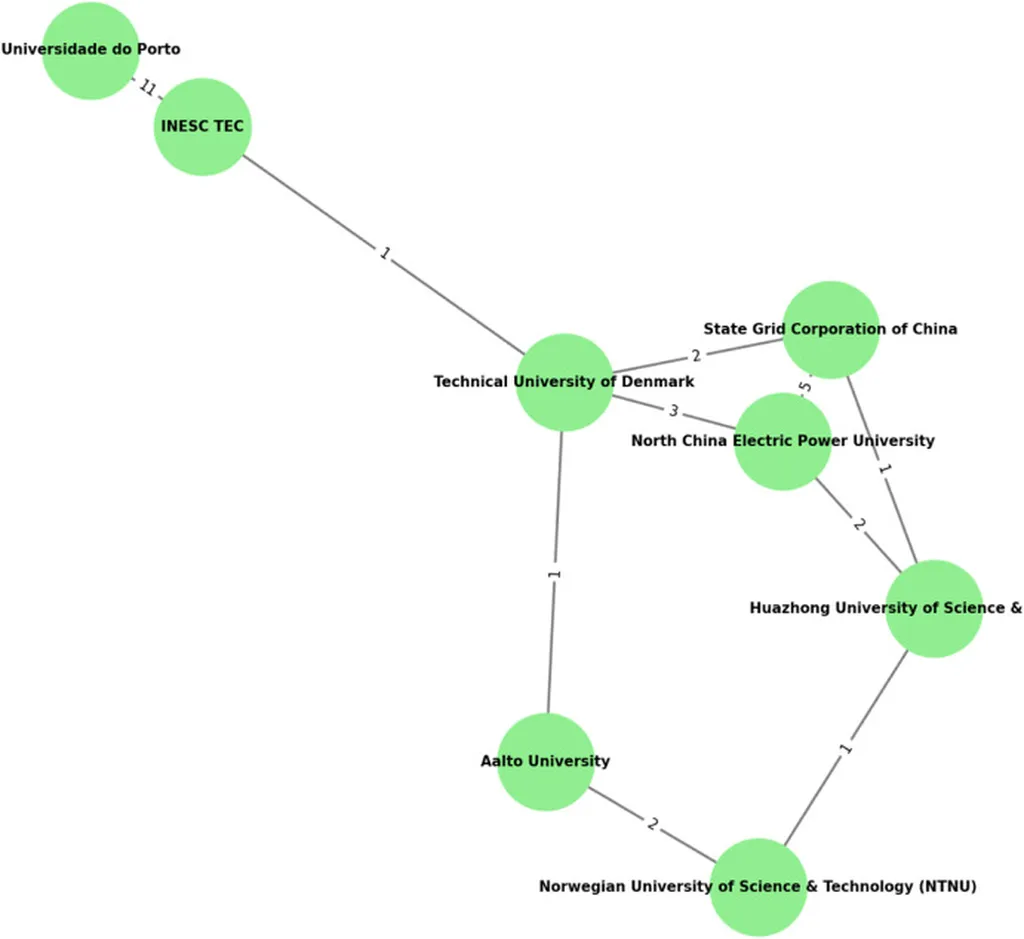In the rapidly evolving energy landscape, the rise of prosumers—consumers who also produce energy—is reshaping the way power grid operators approach planning and development. A recent review published in the journal *Energies* sheds light on the challenges and opportunities this shift presents, particularly at the low- and medium-voltage levels of distribution systems. Led by Marcin Jaskólski of the Faculty of Electrical and Control Engineering at Gdansk University of Technology, the research offers a comprehensive look at how planning procedures and methods must adapt to keep pace with these changes.
The study highlights four critical areas that are transforming distribution system development planning. First, the application of multi-criteria analysis methods is becoming increasingly important. These methods allow planners to weigh various factors, such as cost, reliability, and environmental impact, to make more informed decisions. “The integration of multi-criteria analysis helps us balance the complex trade-offs inherent in modern grid planning,” Jaskólski explains.
Second, the integration of distributed energy resources (DERs), such as solar panels and wind turbines, is a game-changer. DERs introduce variability and uncertainty into the grid, requiring new approaches to ensure stability and efficiency. The research emphasizes the need for advanced algorithms and models that can predict and manage these fluctuations effectively.
Third, the impact of prosumer inverters on network design and protection systems cannot be overlooked. Inverters convert the direct current (DC) produced by renewable energy sources into alternating current (AC) for use in the grid. However, their widespread adoption poses challenges for grid protection and stability. “Prosumer inverters bring both opportunities and complexities,” Jaskólski notes. “We need to develop robust protection systems that can handle the dynamic nature of these resources.”
Finally, maintaining voltage levels and local power balancing under market rules is a growing concern. As more prosumers feed energy back into the grid, traditional methods of voltage regulation and power balancing become less effective. The study calls for innovative solutions that can ensure grid stability while adhering to market-driven principles.
The research not only analyzes the current state of the field but also identifies key trends and future directions for scientific inquiry. By understanding these trends, grid operators and energy companies can better prepare for the challenges ahead. “This review provides a roadmap for future research and development in distribution system planning,” Jaskólski says. “It’s about staying ahead of the curve and ensuring that our grids are resilient, efficient, and adaptable.”
As the energy sector continues to evolve, the insights from this study will be invaluable for stakeholders looking to navigate the complexities of modern grid planning. The findings underscore the need for collaboration between researchers, policymakers, and industry leaders to create a more sustainable and reliable energy future. Published in the journal *Energies*, the review serves as a timely reminder of the critical role that innovative planning plays in shaping the energy landscape of tomorrow.

